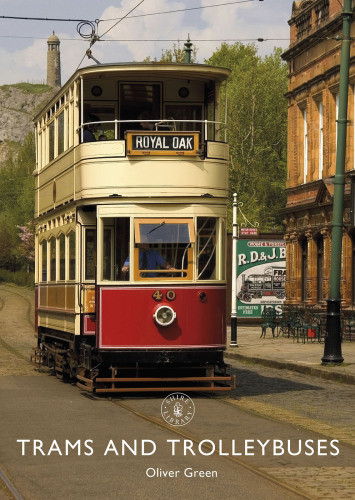

Most ebook files are in PDF format, so you can easily read them using various software such as Foxit Reader or directly on the Google Chrome browser.
Some ebook files are released by publishers in other formats such as .awz, .mobi, .epub, .fb2, etc. You may need to install specific software to read these formats on mobile/PC, such as Calibre.
Please read the tutorial at this link: https://ebookbell.com/faq
We offer FREE conversion to the popular formats you request; however, this may take some time. Therefore, right after payment, please email us, and we will try to provide the service as quickly as possible.
For some exceptional file formats or broken links (if any), please refrain from opening any disputes. Instead, email us first, and we will try to assist within a maximum of 6 hours.
EbookBell Team

4.7
66 reviewsFrom the horse-drawn trams of the nineteenth century to the larger electric models of the early twentieth, this reliable form of public transport revolutionised town travel by making it affordable enough for working people to use. From the 1930s, the rise of the trolleybus, which also picked up power from overhead cables but ran without expensive tracks, looked set to supersede the tram – but ultimately, by the 1950s, both fell victim to motor buses and private cars. However, since the 1980s the environmental benefits of light rail have encouraged a growing comeback for trams on our crowded and polluted city streets. Using beautiful contemporary photographs, this is the fascinating story of the rise, fall and revival of this everyday, yet sometimes controversial, mode of urban transport.